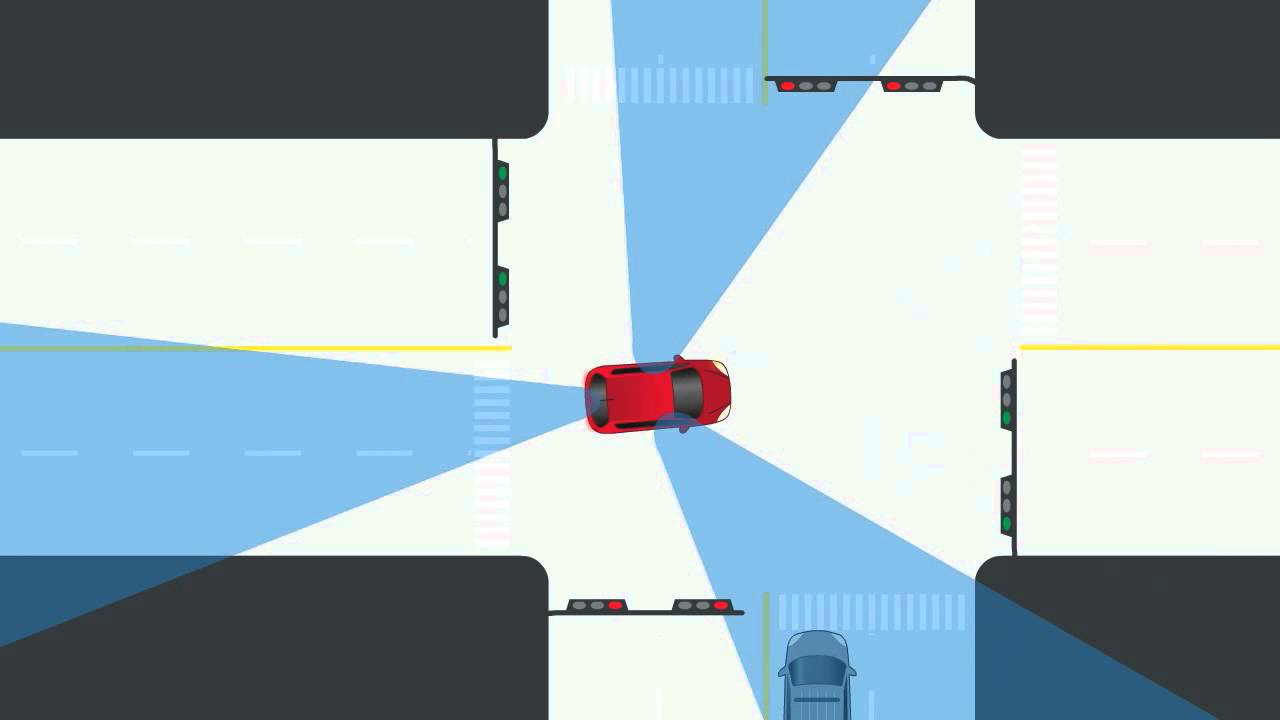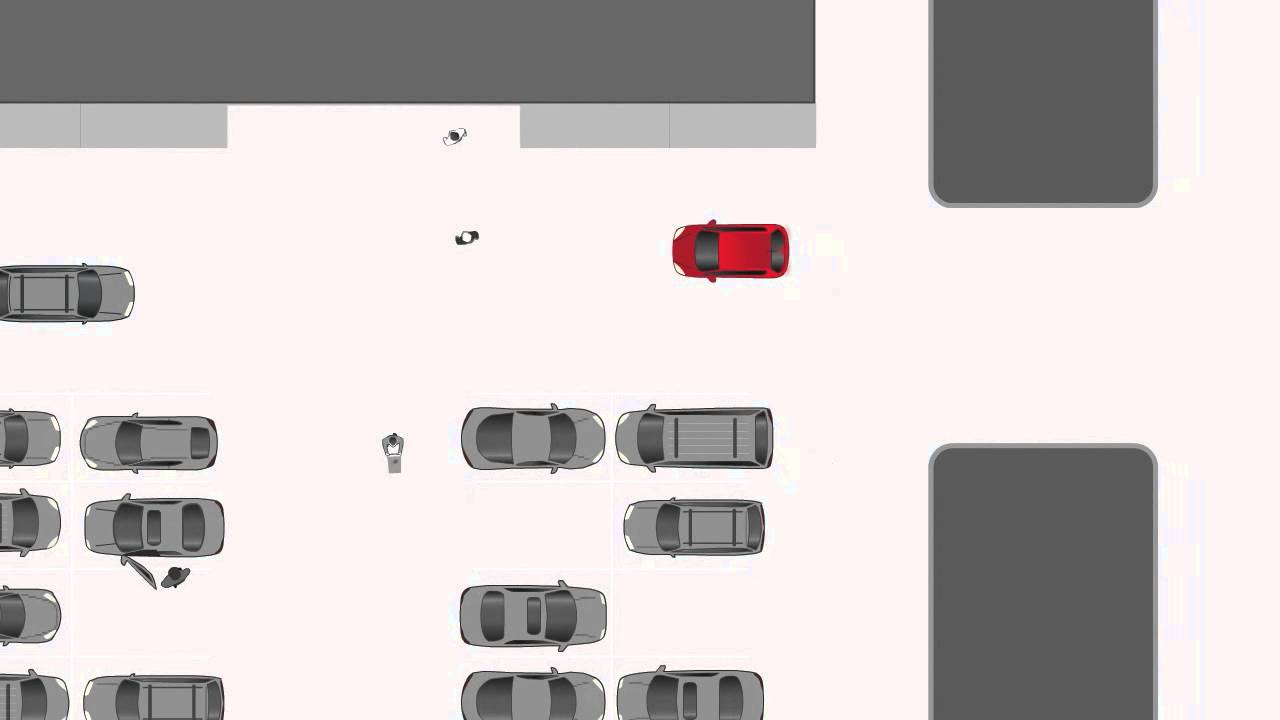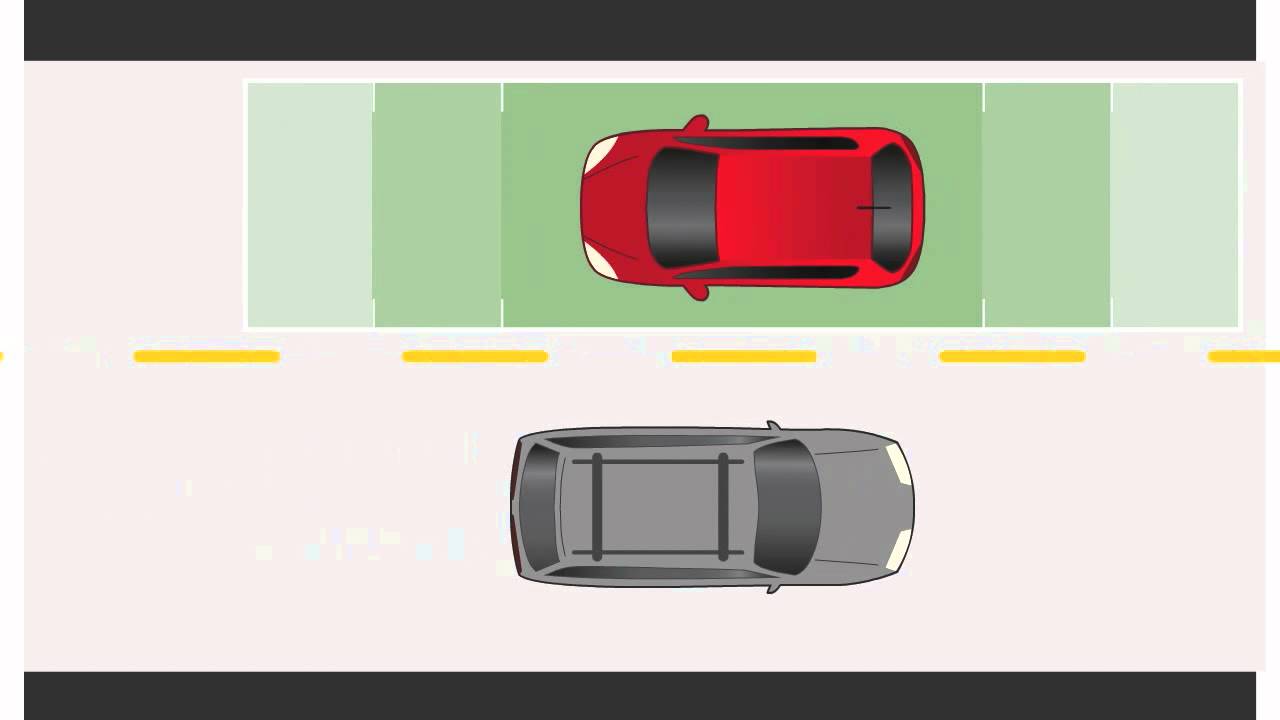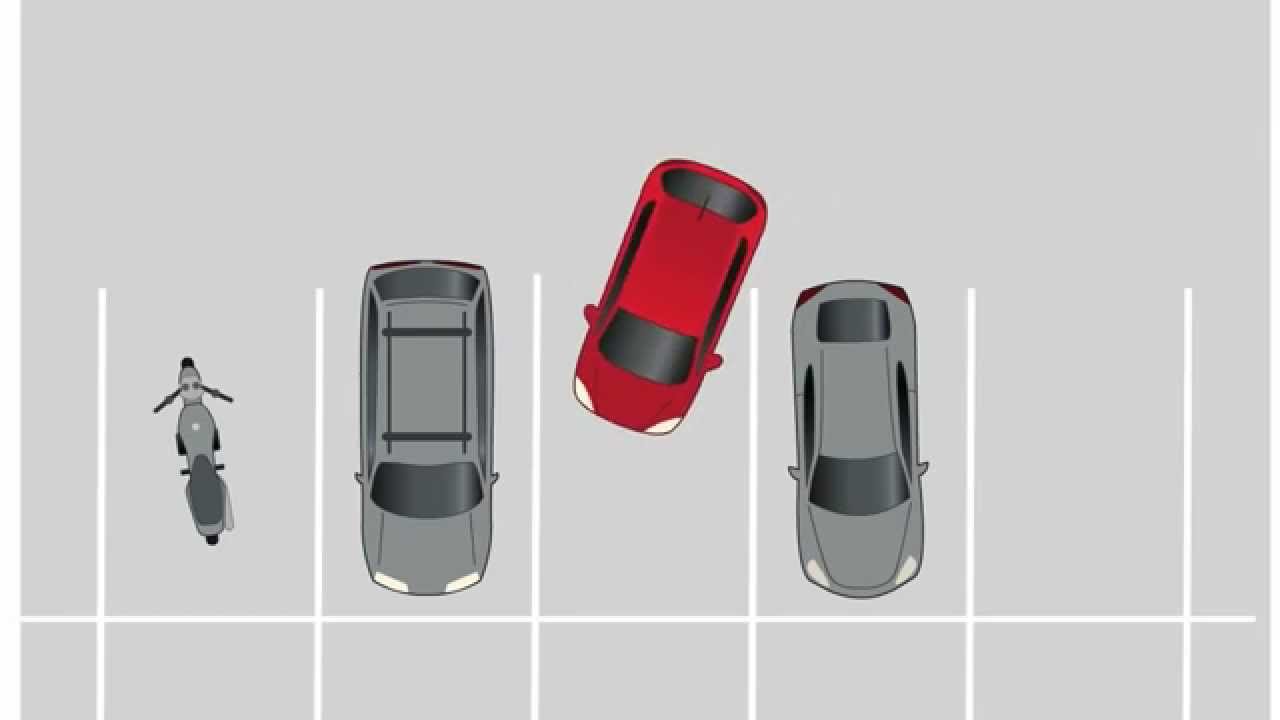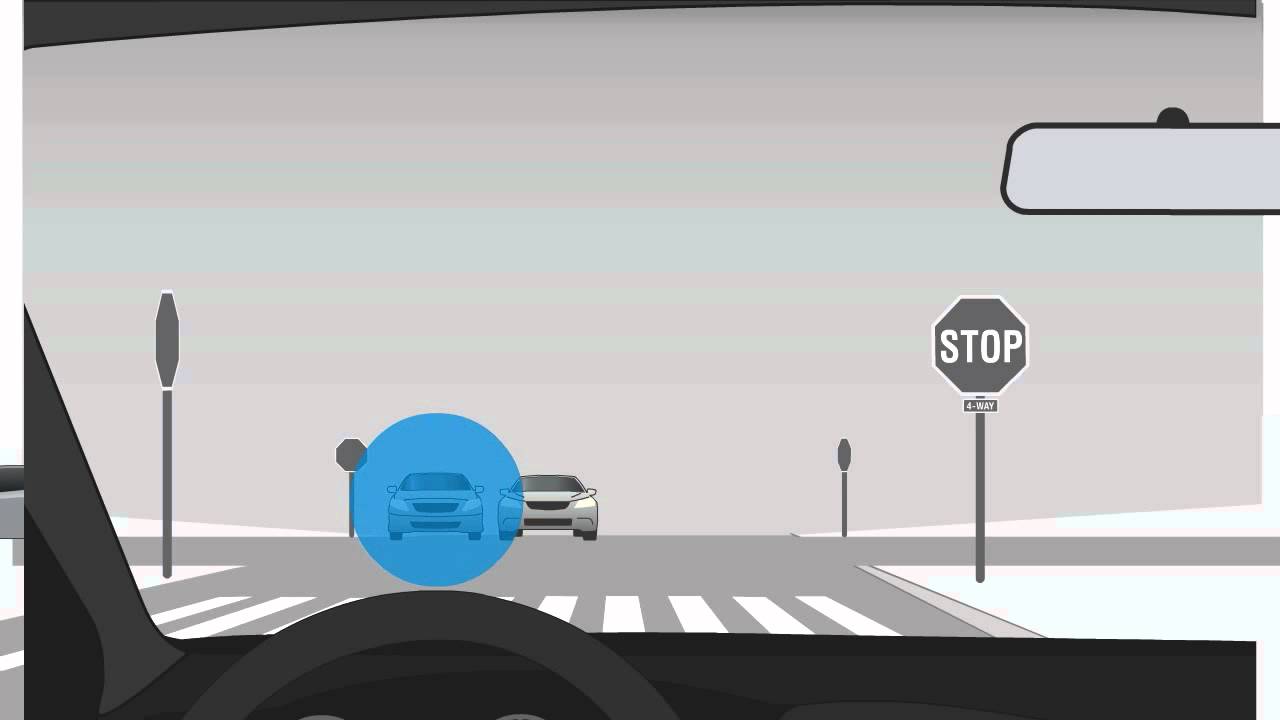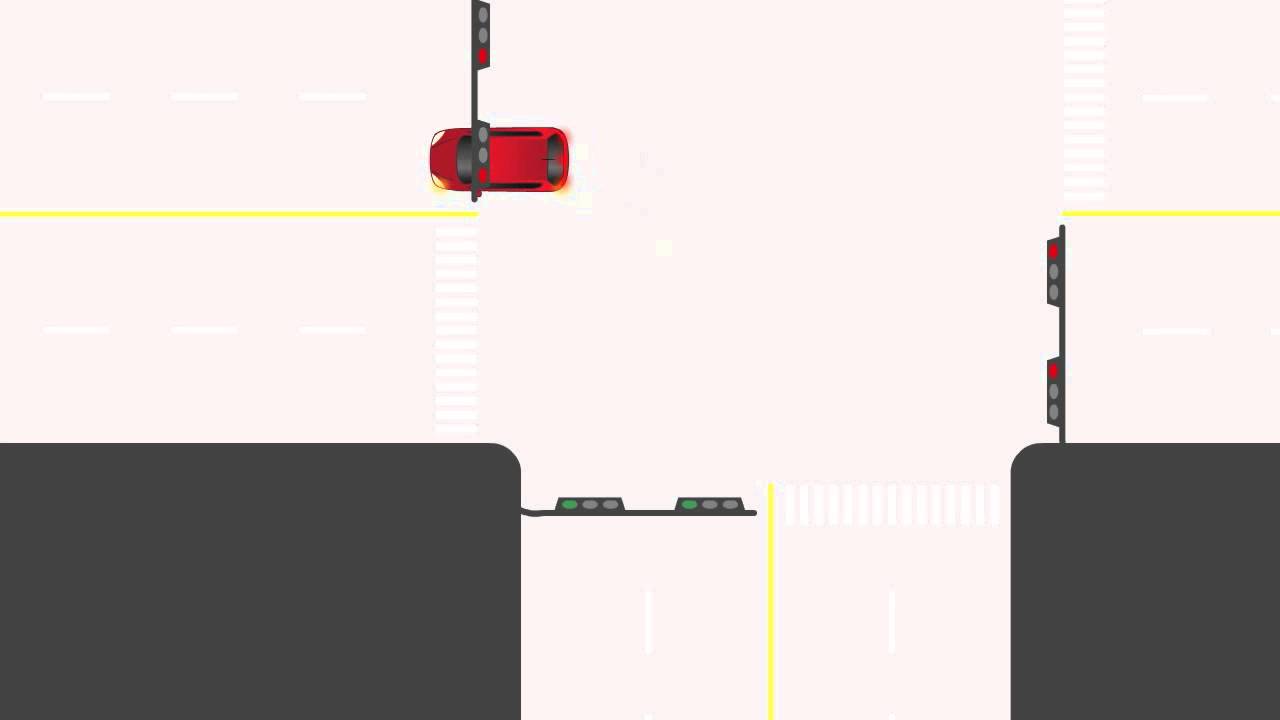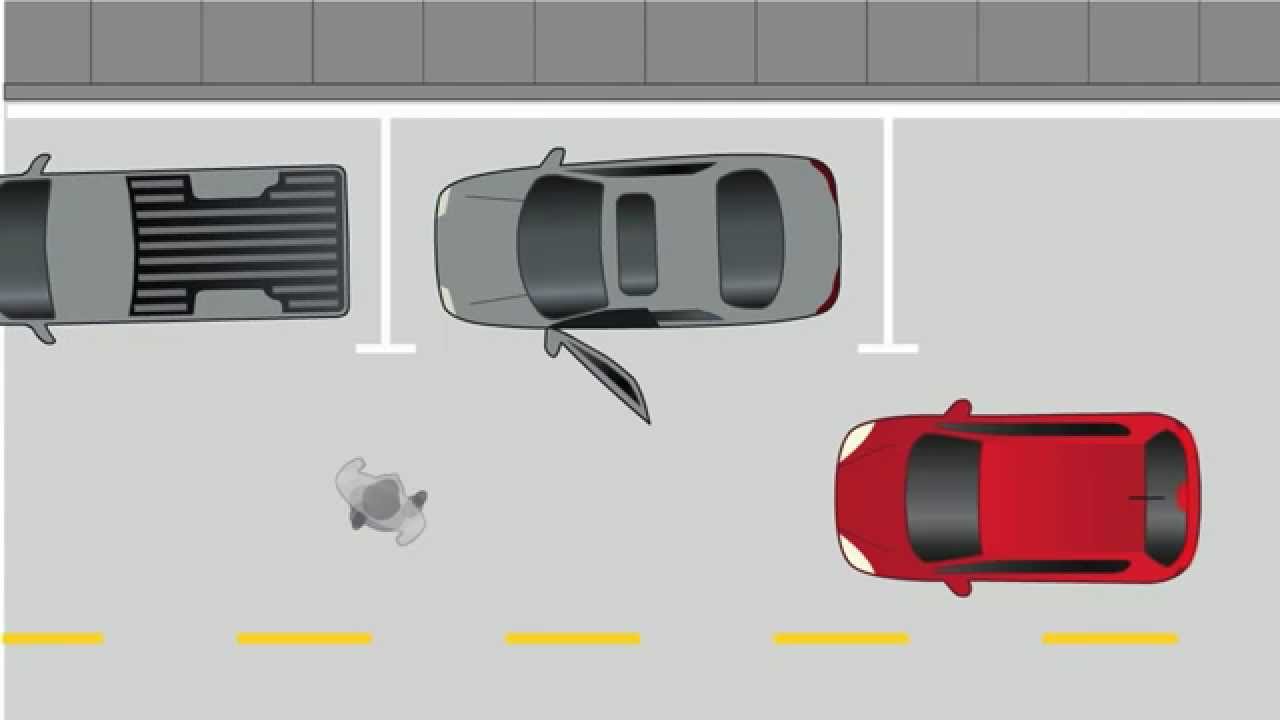When driving in traffic for the first time, look for busy roads where the primary activities are commercial, such as offices or shops. These roads should have one or two lanes of moving traffic in each direction, with mostly controlled intersections and pedestrian crosswalks and clear lane markings and signage. Look for parking lots and parked cars along the sides, as well as pedestrians, cyclists, gas stations, and shared left turn lanes.
When your teen is ready after driving in traffic for the first time, practice in the next driving environment: Highways.
Speed Management
Goal:
Help new driver learn to manage speed according to what’s on the road in a commercial zone
Activity:
First use commentary driving to coach the new driver about everything happening around the car in this environment. Then when your teen practices, point out how often he or she may have to switch back and forth from the gas to cover the brake because of traffic.
Common Errors:
- Lack awareness of what’s happening around him or her
- May have trouble making left turns
- May rely too much on brakes
Signs Learner Gets It:
- Looks far ahead for clues to determine need to adjust speed and react appropriately
- Slows down by releasing gas pedal and covering the brake
Entering & Exiting Parking Lots
Goal:
Reinforce right-of-way rules in parking lots
Activity:
First make sure the new driver understands the layout of the parking lot. Then practice exiting by checking for oncoming traffic, using the Left-Right-Left rule to check for cars, and joining traffic when there is enough space. Go around the block and practice re-entering the lot.
Common Errors:
- May not know the right-of-way rules for entering or exiting the parking lot
- May enter or exit in the wrong spot
Signs Learner Gets It:
- Does not cause surrounding traffic to slow down or swerve
- Can judge the gap between oncoming traffic and exits the parking lot when appropriate
Space Cushion on Four Sides
Goal:
Maintain an appropriate space in the front, sides and back of your vehicle
Activity:
Practice the space cushion concept by scanning mirrors and blinds spots and adjusting the space cushion to the changing traffic. Keep as much space as possible between the car and oncoming vehicles and the parked cars on the other side and be ready to respond to unexpected behaviors such as jay walkers or cars pulling out of driveways.
Common Errors:
- May worry about other drivers entering his or her space cushion
- May drift over to the right
- May follow too closely and hit the brake
Signs Learner Gets It:
- Responds to unexpected behaviors safely and cautiously
- Keeps as much space as possible on all four sides of vehicle
- Adjusts the space cushion according to surrounding conditions
Parking in a Lot
Goal:
Help new driver learn to safely move into and out of a parking spot
Activity:
Demonstrate and talk through the steps of parking in a lot. Then have your new teen driver practice parking, starting in a spot with no cars parked in the adjacent spots. After practicing, try parking with one adjacent spot occupied, then with both occupied. Be sure to pay attention to activity around the car when exiting the spot.
Common Errors:
- May attempt to enter the parking spot while moving too quickly
- May turn too early
Signs Learner Gets It:
- Smoothly maneuvers in and out of parking spots
- Understands the potential hazards in a parking lot and takes all necessary precautions
- Checks for hazards before and during the maneuver and reacts appropriately to them
Reacting to Other Drivers
Goal:
Interpreting and reacting safely to other drivers’ intentions
Activity:
Look for examples around the car to observe other drivers’ behavior. Ask: “What do you think that car ahead of you will do next?”
Common Errors:
- May not recognize what other drivers are trying to do
- May not know what to anticipate
Sign Learner Gets It:
- Scans a wider range in a commercial area and accurately predicts other road users’ actions
Intersections with Crosswalks
Goal:
Help new driver learn how to manage intersections in a commercial environment
Activity:
Practice going through intersections while watching out for hazards and following the right-of-way rules. Watch for pedestrians when turning, and only enter the intersection to turn when the path is clear and there are no hazards.
Common Errors:
- Often do not look for pedestrians when turning right
- May not expect jay walkers
- May become impatient when waiting to make a turn
Signs Learner Gets It:
- Understands who has the right-of-way at every type of intersection
- Makes left turns safely
Increasing Awareness of Risks
Goal:
Knowing what the potential risks are in the commercial environment
Activity:
Encourage the new driver to point out potential risks and critical street signs. Make sure to remind your teen to adjust driving to accommodate for potential hazards and new road information.
Common Errors:
- May not realize the number of risks around him or her
- May not adjust driving to hazards
Signs Learner Gets It:
- Identifies and reacts appropriately to direct risks and indirect risks
- Looks for critical information and reacts accordingly
